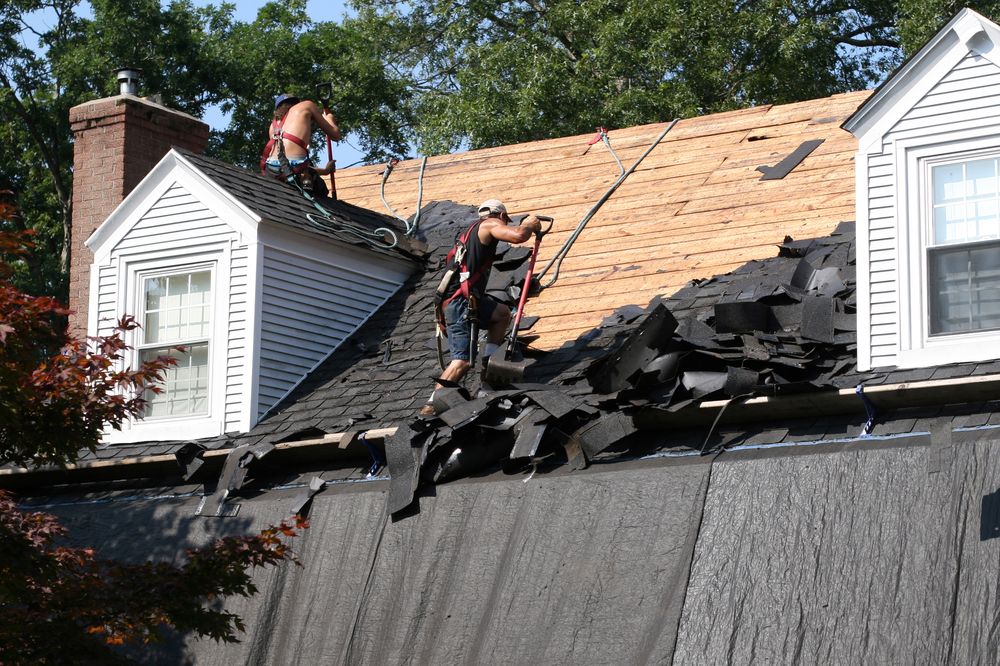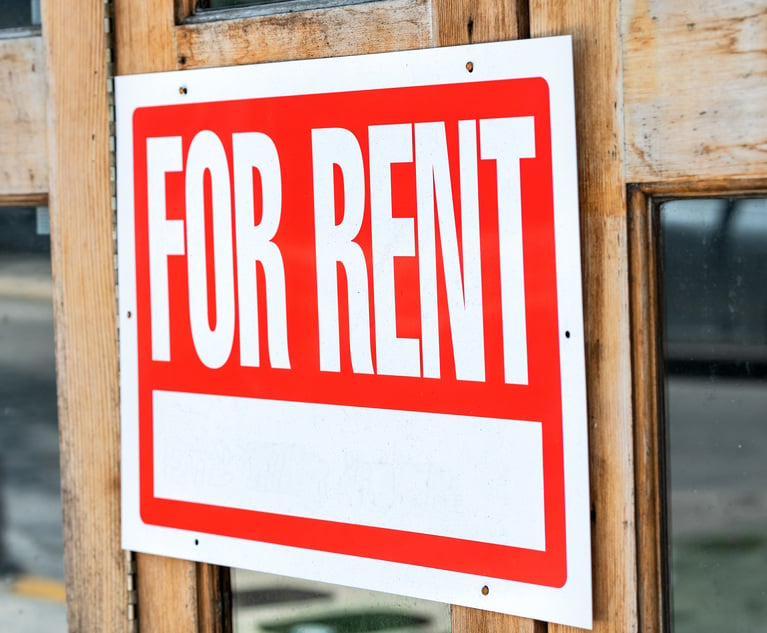Editor's note: This article is from InsuranceQuotes.com and is printed herewith their permission.
|It's that time of year again.
|Hail the size of golf balls has hit numerous areas around theU.S., damaging roofs, cars, houses and pretty much anything in itspath. Even if your client's area has been hit with mild hail, theymay want to reconsider if thinking of not filing a claim with theirinsurance. According to the National Severe Storms Laboratory (NSSL) hail as smallas a pea can cause property damage. Given enough momentum, theresults of hail can lead to roof damage, broken windows and ruinedcar exteriors not visible to the untrained eye.
|How do you know if you have hail damage?
|The roof
|Hard to access, unrepaired hail damage leads to roof leaks andfurther interior damage. Not all roof hail damage consists ofcracks or holes. On asphalt shingles, it shows up as dark spots dueto surface grains being knocked off. If storm winds cause loss ofshingles, the underlayment may also show damage. Slate shingles maychip or crack due to hail, as might shake shingles.
|[Related: Hail damage: Are you covered?]
|Windows
|The winds of the storm causing the hail can force it to flysideways, causing window damage or breakage. Beyond looking forcracks in the glazing, look at the seal around the window fordamage. Left unchecked, damaged seals deteriorate, permitting theincursion of moisture and other elements.
|Home siding
|Especially susceptible to hail damage when high winds arepresent, hail damage to siding results in dents, nicks, and cracks.Aluminum siding usually exhibits dents from hail damage. Paintedexteriors often exhibit discoloration, in addition to chipping.Even stucco is susceptible to hail damage.
|Beyond the house, consider any exterior fixtures or applianceswhen assessing hail damage, including sheds, carports and airconditioning units.
|Keep reading to learn some steps you can take to decreasethe potential damage caused by hail to homes and vehicles as wellas what to do after hail hits.
||
(Photo: Shutterstock.com)
|Preventative measures
|Unless you can control the weather, you must consider takingsteps that decrease the potential damage caused by hail to homesand vehicles. Many vehicle covers purport to protect cars from haildamage, but the best means of avoiding hail damage is parkingvehicles inside of a garage. If no garage is available, an awningmay provide some protection from minor hailstorms. Some suggestcovering cars with old quilts and comforters, but such measureswork only in minor hailstorms.
|Another highly recommended precaution against home hail damageis using high quality roofing materials and roof designs. Blueprint for Safety recommends:
- installing roofing shingles rated under UL 2218 or FM 4473 asClass 3 or 4 roofing materials
- Building new houses or other structures with a roof pitch (orslope) of at least 27 degrees
- Using 5/8 inch plywood for roof sheathing with support trussesspaced no more than 24 inches on center
|
What to do after hail hits
|1. Asses thedamage
|Once it is safe to go outside, make a quick assessment of anydamage to windows, siding, outdoor fixtures, cars, plants andlivestock. Obviously, avoid entering any unsafe situations,including unstable buildings, downed trees and power lines.
|2. Call a reputablelocal roofing contractor
|Leave the roof inspection up to the professionals and contactyour trusted local roofing contracting company. You can look atsites like the Better Business Bureau toensure your contractors are appropriately insured and licensed.Once the contractor deems that you do indeed have hail damage, theywill recommend you reach out to your insurance company, who willset up an appointment to have an insurance adjustor look at yourroof, usually within 3 days.
|3. Have your roofingcontractor meet with your insurance adjustor
|A good way to advocate for yourself is to ask that your localroofing contractor be present when the insurance adjuster comes.The contractor can point out specific areas of concern to theadjuster and make sure all hail damage spots are taken intoaccount.
|Adjusters typically make notes and take photographs of damagedareas on the property. They may require several estimates, and alsomay confer with contractors on their own regarding the damages andrepair costs. In many cases, the adjuster agrees there is damageand provides a prompt insurance repair quote. However, the processof obtaining a claim payment may take longer. If one adjuster findsno warranted repairs, but your contractor says otherwise, considerrequesting a readjustment, which involves having another adjustorfrom your insurance company review and give a second opinion.
|4. So many options to choosefrom
|If your insurance adjustor approves coverage for hail damage,your local roofing contractor will provide options on variousshingle types and colors that you can choose from. Once decided,the contractor will coordinate a date to complete the hail damagerepairs with their trusted roofing crew. The time period betweeninsurance adjustor approval and a completed, new roof can varydepending on the approval process, materials chosen and the size ofhouse, but usually takes from a couple days to a few weeks.
Want to continue reading?
Become a Free PropertyCasualty360 Digital Reader
Your access to unlimited PropertyCasualty360 content isn’t changing.
Once you are an ALM digital member, you’ll receive:
- All PropertyCasualty360.com news coverage, best practices, and in-depth analysis.
- Educational webcasts, resources from industry leaders, and informative newsletters.
- Other award-winning websites including BenefitsPRO.com and ThinkAdvisor.com.
Already have an account? Sign In
© 2024 ALM Global, LLC, All Rights Reserved. Request academic re-use from www.copyright.com. All other uses, submit a request to [email protected]. For more information visit Asset & Logo Licensing.








